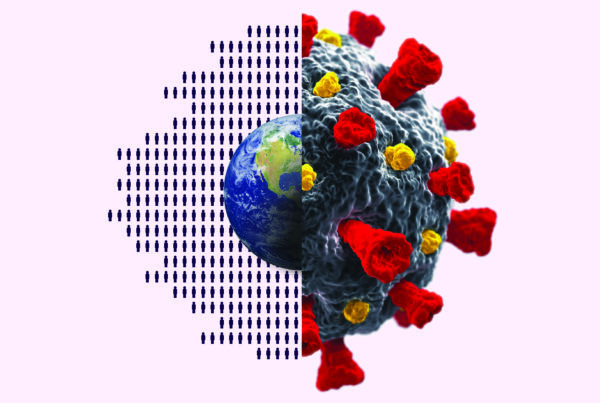
Instructional Associate Professor of Gerontology Paul Nash
Much of the media narrative about COVID-19 has stated that those at risk of catching the virus are older adults and that young people are not obeying quarantine guidelines and are risking lives of older people, says Paul Nash, who is currently researching the prevalence and effects of ageism in media coverage of the coronavirus and the impacts of virus-related social isolation.
“This is essentially pitting generations against each other rather than encouraging us to work together to solve a problem that spans age groups,” he says. “While the mortality rate does still peak for older people and those with underlying health conditions, current research suggests that younger people are also susceptible to contracting the virus and requiring hospitalization. Intergenerational solidarity and community action is the story that we should be telling instead.”
As examples of programs that promote intergenerational solidarity, Nash, an instructional associate professor of gerontology, cites the AARP Foundation’s, Experience Corps, in which people aged 55 and older aid in literacy skills and develop the reading ability of younger people and Project Shine, which enlists college students to help older immigrants practice English and prepare for the Immigration and Naturalization Service citizenship test.
“These programs counter ageism by underscoring that older people can learn from younger and vice versa,” said Nash. “Encouraging intergenerational programs benefits wider society, not just those directly involved.”
Nash notes that younger and older adults reaching out to one another during this time of social distancing can help bridge generational divides and also address loneliness, one of the largest global challenges facing society, both in older and younger people.
“For older people, we know that loneliness can be as deadly as smoking 15 cigarettes every day and more dangerous than obesity; however, we are encouraging social isolation/distancing to fight COVID-19,” he says. “Social isolation has strong links to depression and anxiety, both of which are heightened at this time of crisis, too. Further, we should adopt the phrasing now used by the WHO, encouraging physical distance and finding alternative ways to maintain social connectivity.. We can use technology for this and assist those for whom the technology may be novel or unusual.”
Some of Nash’s suggestions:
- Young people distanced from their grandparents can use FaceTime or a similar app to have a “cooking lesson” from a grandparent or older adult.
- Older adults can receive a technology tutorial from a young person, potentially assisting in the fight against social isolation long after the current crisis abates.
- Multiple generations can have a virtual watch party and connect over a movie, dinner or even board game.





